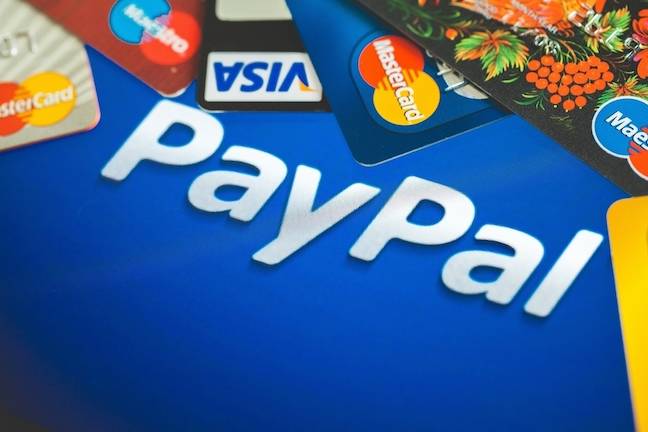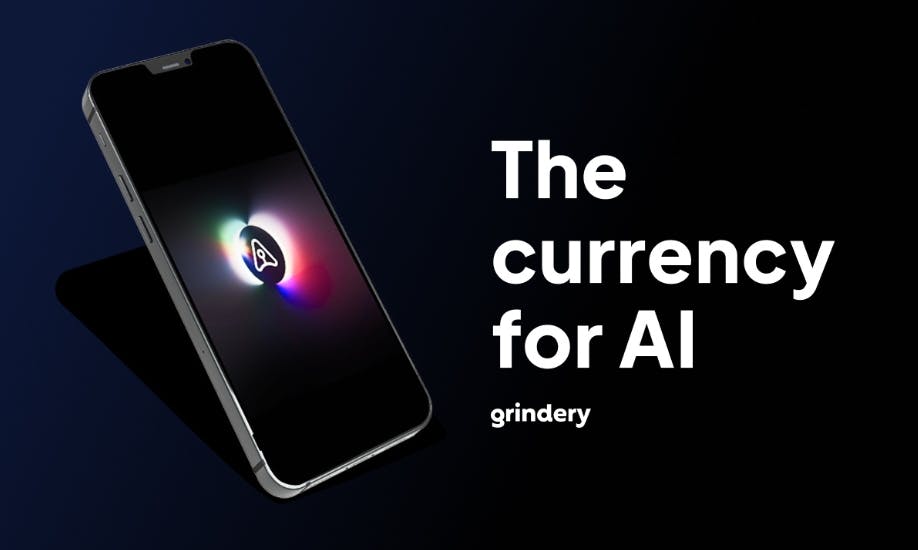fromBusiness Insider
6 days agoOura's CEO wants to put payments and IDs on your fingers
Speaking to Business Insider at the Web Summit tech conference in Lisbon this month, Oura CEO Tom Hale outlined a vision to expand into areas like digital identity and payments. "The idea is very straightforward: What if this is your key? What if this is your wallet?" Hale said of the company's smart rings, which retail for up to $499.
Wearables





























